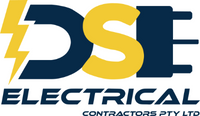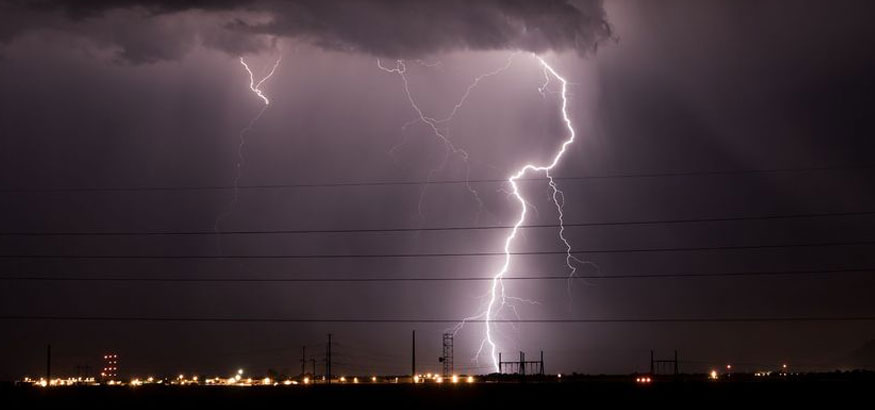Surge Protection For Houses
A surge protector is a device that shields computer and other electronic devices from surges in electrical power, or transient voltage, that flow from the power supply. This definition is a bit vague and you must be thinking, “what the heck are you talking about?” It will help to understand the problem first before you can understand the solution. Before we proceed, let’s talk about power surge and what it is.
A power surge is a sudden increase in voltage or electrical current. It happens when the flow of electric current is interrupted, then started again and sends electricity flowing back into the system. In a normal Australian household, the standard voltage is 230V. Voltage is the measure of electric force or pressure, and is measured in volts. If the voltage rises above 230V, this may indicate a problem, and the surge protector prevents that problem from damaging your computer or other devices. Think of it as a water hose, and if there’s too much pressure on the hose, it bursts. This is how power surges work, too.
There are different causes of a power surge. Although lightning strikes are common causes, most come from inside your home. This happens when devices or appliances with motors start up or shut down, causing electricity to divert to and from other appliances. Refrigerators, AC units, and heaters are some of the appliances that cause surges; however, even small devices like hair dryers or power tools can cause surges, too.
Now that we have established the definition of a power surge, let’s now understand how surge protectors work. A standard surge protector basically has a component called metal oxide varistor, or MOV. The MOV limits the voltage to around three to four times the normal voltage by diverting the surge somewhere else, regulating the current that flows into the devices that are plugged into the power strip.
There are still many households that do not have surge protectors, even though they cost much less than home theatre systems and widescreen TVs. The thing is, they don’t really cost that much, and the price is worth every penny. Electrical experts recommend having surge protectors both in the main line and in each major household appliance. The surge protector in the meter box protects the general household, and works as a first level of protection. That way, the surge hopefully weakens by the time it reaches your appliances, and the individual surge protectors become the second level of protection.
Better surge protectors come with some kind of guarantee if the product fails to protect your devices. Look for one that comes with a guarantee on your computer. If it fails to deliver on their promise, they will replace your computer. Power surges may not damage your devices immediately but it puts extra strain and wears your devices down over time, so there isn’t really a reason for not getting surge protectors for your home.
There are different kinds of surge protectors in the market, and it may be hard to pick one. If you’re uncertain, best to call your local electrician so they can explain the differences of each protector and eventually help you decide which one to get.


Recent Comments